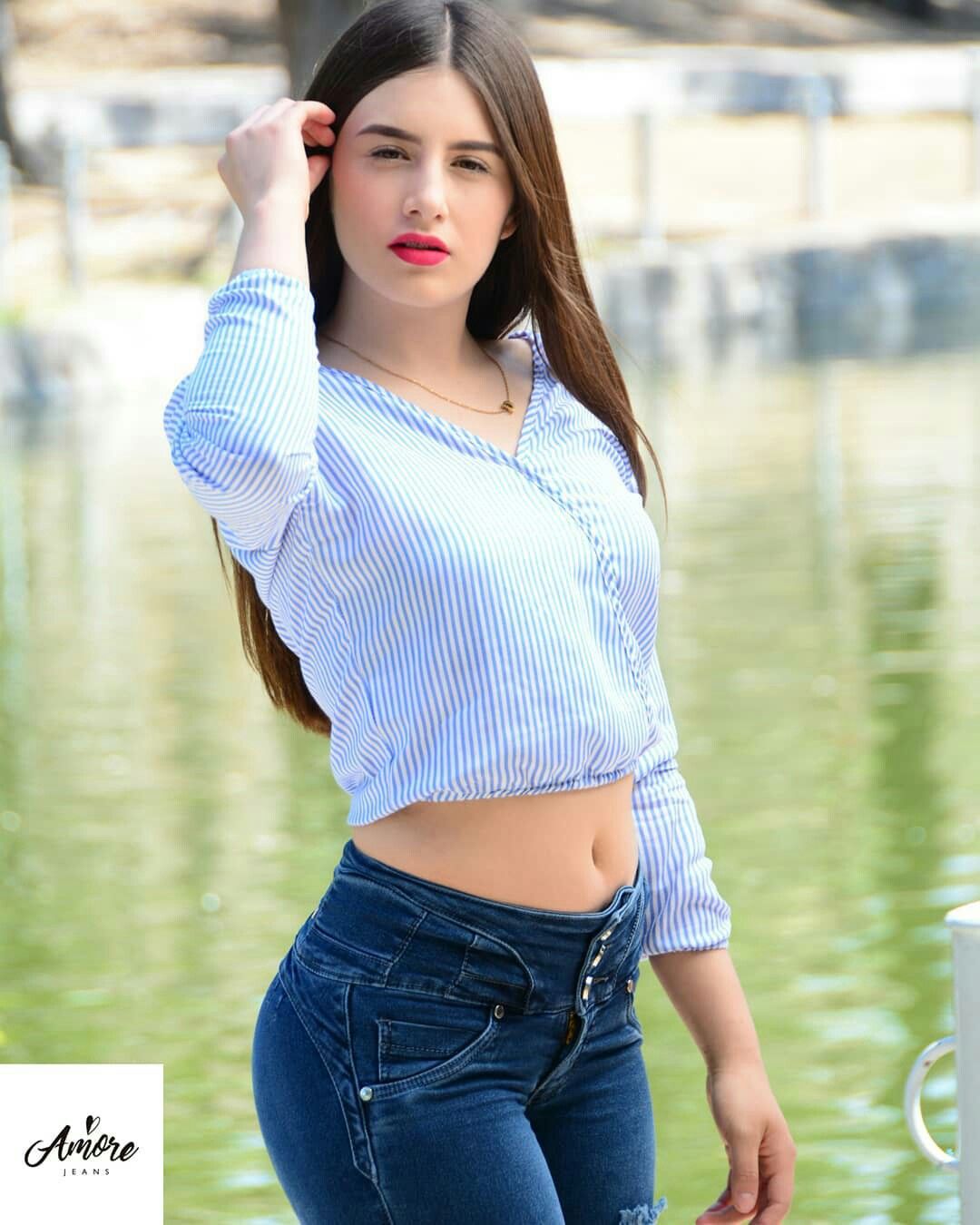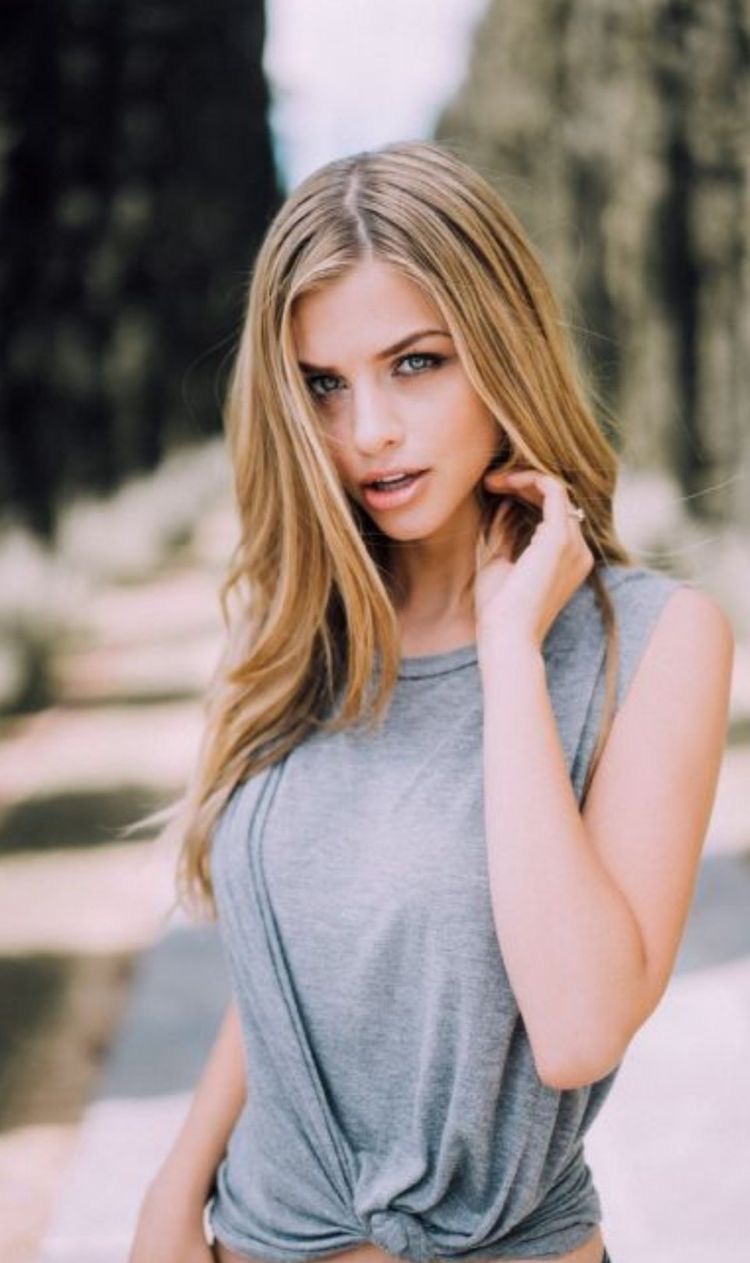Is there a universal standard of beauty, or is it merely a reflection of the beholder's eye? **The constant search for and portrayal of beautiful women across various platforms, from stock photo websites to social media, reveals a complex interplay of cultural ideals, commercial interests, and evolving perceptions.**
The digital landscape is saturated with imagery purporting to showcase feminine beauty. Platforms like Pixabay, Pexels, and Unsplash offer vast repositories of photographs and videos, freely accessible for both personal and commercial use. These resources cater to a seemingly insatiable demand for visuals depicting women, ranging from the classic beautiful woman to more specific categories influenced by fashion trends, cultural backgrounds, and aesthetic preferences. This widespread availability reflects not only a demand for visual content but also the economic forces driving it; these images are used in marketing, advertising, and editorial contexts, shaping and reinforcing societal notions of attractiveness.
Pinterest boards, filled with collections such as those curated by José Luis and Alejandro Gonzalez, further illustrate the diverse and personalized nature of beauty standards. These curated selections, often including portraits and lifestyle shots, suggest individual interpretations and preferences, highlighting the subjective aspect of appreciating beauty. Such platforms permit a more nuanced exploration of beauty, encompassing various ages, styles, and expressions. These digital spaces serve as forums for defining and redefining ideals of attractiveness, moving beyond standardized notions and embracing more diverse and individualistic representations.
Stock photo websites like Pixabay and Pexels, offering hundreds of thousands of images under the umbrella of mujer hermosa (beautiful woman), contribute significantly to this visual ecosystem. The sheer volume available suggests a broad scope and multiple facets to what is considered attractive. The commercial nature of these images has an interesting impact; they are carefully styled and edited to conform to prevalent marketing trends, reinforcing certain ideals while simultaneously shaping consumer preferences. These platforms allow the distribution of images, sometimes reflecting outdated or unrealistic standards.
The accessibility of these images raises several critical questions. What are the effects of constant exposure to idealized images on self-perception, particularly among young people? Does the pursuit of these aesthetics, as promoted by the advertising industries, lead to the adoption of increasingly extreme methods of beauty? How do the digital ecosystems react to these trends, and how do they make available filters and other means of image manipulation? The pervasiveness of digitally altered images, which often bear little resemblance to reality, can contribute to body image issues, fueling anxieties and insecurities, as well as influencing the consumerist culture of today.
Consider a hypothetical scenario. Imagine a young woman, let’s call her Sofia, who regularly browses these platforms. She may consume images of women who have been digitally enhanced or who conform to specific beauty ideals. These representations may then influence her view of her own body and encourage her to engage in the pursuit of physical perfection. This cycle demonstrates the real-world effect of digital imagery. It highlights the importance of media literacy and critical consumption of visual content in order to guard against the negative effects these can have. The influence of these platforms is, in fact, pervasive. From social media to magazine ads to stock photo sites, the imagery is ubiquitous.
Moreover, the concept of beauty extends beyond physical appearance. Mujeres hermosas y atractivas (beautiful and attractive women) may also be captured in real-life scenarios, such as a middle-aged woman with blonde hair and sunglasses shopping outdoors, reflecting broader themes of lifestyle, fashion, and even personal empowerment. However, even these more authentic images are often carefully posed and styled, suggesting how commercialization and aesthetic manipulation affect all visual content. It can be argued that these kinds of images, while portraying real-world contexts, may still reflect a certain lifestyle, reinforcing consumerist values. These commercial implications affect societal values and may have unintended consequences for personal development.
The availability of images of “beautiful women” across the internet also reflects the commercial imperative. Platforms such as Pexels and Unsplash rely on the constant influx of images to increase traffic, attract users, and generate revenue. However, the economic underpinnings of these platforms also affect the nature of images themselves. This results in the standardization of certain kinds of physical appearances. The selection of images, the editing techniques, and the overall design often play into existing preferences. These practices reflect and solidify existing beauty ideals, rather than challenging them.
In addition, the accessibility of this information gives rise to the discussion of intellectual property and digital rights. The ability to easily download and distribute copyrighted photos raises ethical questions about usage rights, and also poses a challenge to the photographers and artists who produce this kind of content. The issue of copyright infringement, especially with the increasing availability of AI image generators and automated editing software, becomes more complex. Careful management of these issues is essential for the creation of sustainable, ethical digital platforms.
The abundance of images and videos showing “beautiful women” reveals the complex interplay between beauty, media, commerce, and the individual. These online resources reveal the different aspects of societal concepts about beauty and the commercial forces behind these representations. These images reflect our society's values, as well as the role of digital platforms in shaping these. The exploration of these elements reveals how beauty is both individual and culturally formed and how it can have a lasting impact.
Furthermore, the availability of images of “beautiful women” on sites like Pixabay and Pexels contributes to the normalization of certain beauty standards. The sheer volume of content means that users encounter a regular stream of images, often reinforcing existing cultural norms. This constant exposure can, in turn, impact self-perception, particularly among young people. The proliferation of digitally altered images can contribute to negative body image issues, fueling insecurities and anxieties. The emphasis on unrealistic and often unattainable beauty standards also highlights the need for greater media literacy and a critical approach to consuming visual content.
In conclusion, the omnipresence of “beautiful women” images across the web highlights the ever-evolving definition of beauty and its relation to culture, economics, and the individual. The platforms hosting these images show the impact of technology on societal concepts, as well as the impact these can have on self-perception and body image. The conversation about beauty will continue, as our society deals with digital technology, commercialism, and the complexities of human expression.
To further illustrate this point, let's consider the rise of influencer culture. Influencers, particularly those focused on beauty and fashion, often leverage these very platforms to build their brands and reach their audiences. They may use stock photos or create their own content, disseminating a carefully curated image of themselves and their lifestyles. These images, in turn, influence their followers, driving trends and, in some cases, shaping beauty ideals. This is an example of how the beauty market is interlinked and the implications for both consumption and perception.
| Attribute | Details |
|---|---|
| Platform/Resource | Pixabay, Pexels, Unsplash, Pinterest |
| Content Type | Photos, Videos, Illustrations, User-Curated Boards |
| Key Themes | Mujer Hermosa (Beautiful Woman), Fashion, Lifestyle, Portraiture, Editorial Content |
| Commercial Use | Available for commercial and personal use |
| Accessibility | Freely accessible, requires no attribution |
| Licensing | Often under a Creative Commons Zero (CC0) license |
| Keywords | Model, Portrait, Beauty, Fashion, Face, Pose, Pretty, Stock Images |
| Primary Purpose | Provide visual content for marketing, advertising, and editorial purposes. |
| Search terms | Mujer Hermosa, Beautiful Woman, Women Images, Portrait Photography |
| User Demographic | Varies depending on the platform, but includes marketers, designers, content creators, and individuals seeking visual assets. |
| Impact | Shapes perceptions of beauty, influences fashion trends, contributes to consumer culture. |
| Authentic Website Reference | Pixabay Official Website |



